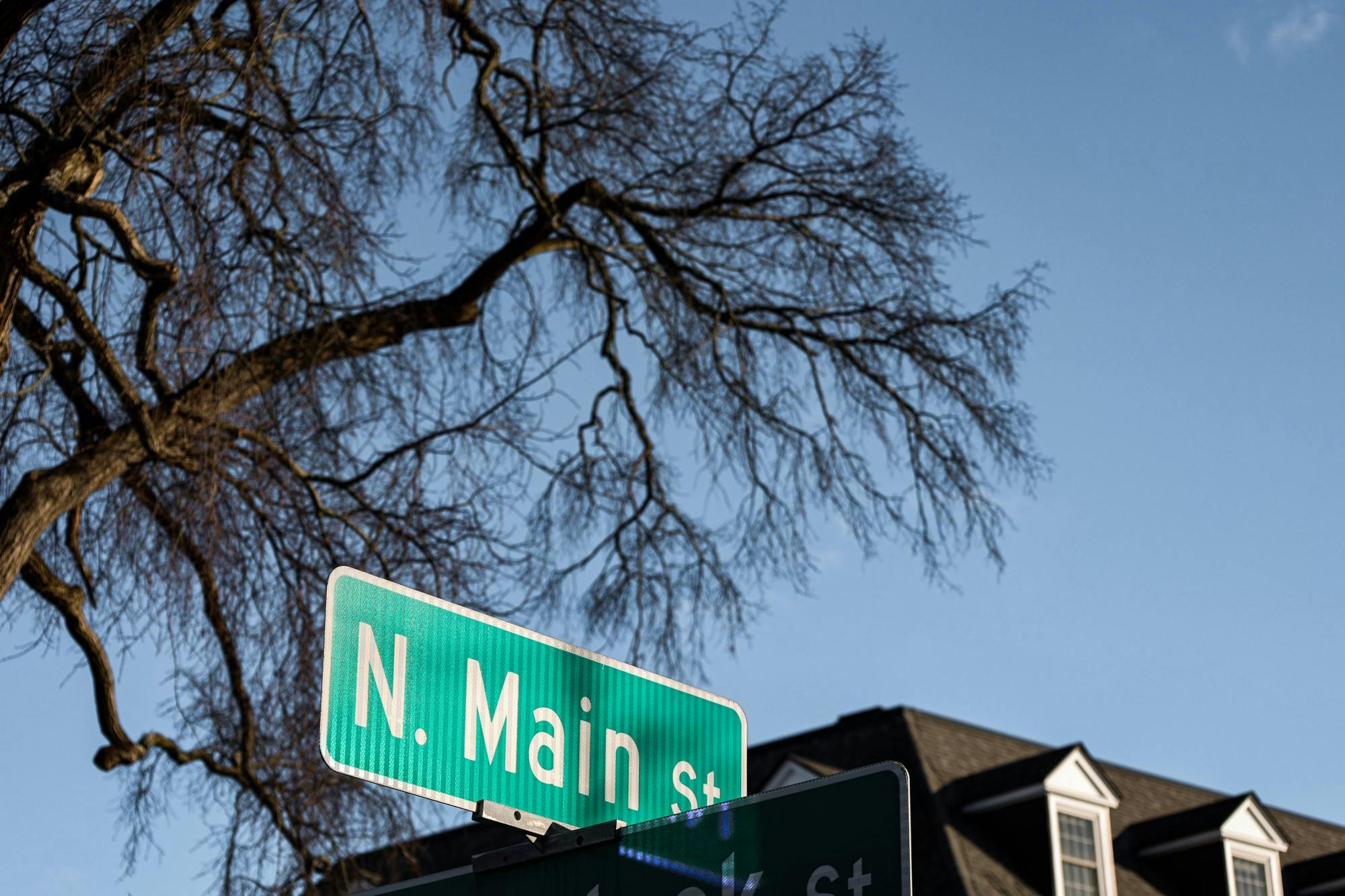On Feb. 10, the United States Department of Labor reported an inflation rate of 7.5% on an annual basis, a figure that was largely out of line with the Federal Reserve’s target rate of 2% and the highest recorded since 1982. Hanover businesses have been impacted by the rising operation costs, and business owners are taking different measures to adapt to price increases.
According to economics professor James Feyrer, inflation is “everything rising in prices,” and is measured using increases in the consumer price index.
“With inflation running at 6% over the last year, the typical consumer is now going out and buying the same stuff they were buying a year ago, yet spending approximately 6% more, in dollar terms,” Feyrer said.
According to Feyrer, federal support programs in response to the COVID-19 pandemic — which prompted people to spend more money on goods rather than travel, restaurant dining and other services — are part of the reason that the economy is now seeing high inflation. Additionally, he said the Federal Reserve’s low interest rates have put a lot of upward pressure on the economy, resulting in shortages that lead to increased prices.
For restaurants located in the Upper Valley, many of which were already affected by labor shortages, the effects of inflation have hit the prices of food ingredients. Anthony Barnett, owner of Dunks Sports Grill, Jesse’s Steakhouse, Molly’s Restaurant and Bar and Snax, said that he has seen food costs increase “across the board.” He said that chicken wings cost almost twice as much as they did before the pandemic, and at one point, beef prices were up about 30%. He added that on any given day, he receives communications from suppliers regarding rising costs.
“Just this morning, I received an email from our coffee vendor that prices are going up,” Barnett said.
Owner of Still North Books & Bar Allie Levy ’11 said she has found herself in a unique position running both a traditional book store as well as a cafe. She explained that on the book side, there has not been much inflation due the publishing industry’s planning titles and budgets months in advance.
“It’s sometimes really challenging for publishers to change the price once it’s been announced,” Levy said.
However, Levy said that Still North’s cafe side of operations has encountered rising prices: The costs for many perishable and nonperishable goods, such as coffee cups, lids and napkins, have gone up.
Barnett explained that when adjusting restaurants’ menu prices, he makes decisions based on the actual costs of the ingredients, the impact on the customers and the reputation of the businesses. For example, for chicken wings, Barnett stated that for each dollar of wings sold right now, 65 cents are needed to purchase the meat itself, while typically, food is targeted to be priced with a ratio around 30 to 33 cents.
“We should be charging much more, but we don’t want guests to have sticker shock,” Barnett said.
Barnett said that he had only raised prices for Jesse’s Steakhouse and Molly’s among the four restaurants he owns, adding that he tries not to increase items on the menu by any more than $1 or $2 per menu change.
Both Levy and Barnett said that holding fixed prices can act as a point of attraction for their businesses. Levy said that she has not raised prices yet and is trying to avoid doing so. Barnett noted that maintaining prices could draw consumer demand from competing businesses.
“If we don’t raise prices and our competitors do, then all of a sudden, the $9 burger at Dunks looks really attractive when Murphy’s, Pine and Molly’s are all charging $15,” he said.
The Federal Reserve is starting to take steps to reduce inflation in the medium to long term, according to Feyrer. He added that in the short term, he thinks the Federal Reserve will start raising interest rates — it has signaled that it will do so in March — and stop its asset purchasing programs.
“The Fed has the tools to make inflation go down and appears willing to use them,” Feyrer said. “It’s just a question of how long it’ll take.”




